G.I. Goe is great for intestinal concerns, diarrhea, vomiting, indigestion, colic, nausea, anorexia, and motion or car sickness. This blend also has essential oils that are beneficial for intestinal parasites, however, veterinary data is still being collected on the most effective natural deworming methods with essential oils and other natural products. At this time, the results are sporadic and not always consistent with any essential oil protocol. It can be worth an attempt in certain animals, but follow-up monitoring and confirmation of deworming actions with fecal tests are important. And when necessary, deworming with the least toxic and longest-used traditional deworming agents is recommended.
Ingredients:
Essential Oils of Peppermint (Mentha piperita), Ginger (Zingiber officinalis), Marjoram (Origanum majorana), Copaiba (Copaifera officinalis), Anise (Pimpinella anisum), Fennel (Foeniculum vulgare), Basil (Ocimum basilicum), Juniper (Juniperus communis), Tarragon (Artemisia dracunculus), Patchouli (Pogostemon cablin)
Cats: The most cat friendly methods to use G.I. Goe is water-based diffusion, to use it within the Litteroma Technique or to use with Petting Methods. G.I. Goe can be diluted with 1 drop per 10 drops of Fractionated Coconut Oil for petting with cats if desired. In general, 1 neat drop is placed into the hand, your hands are rubbed together until the oil is almost completely absorbed, and then your hands can be used to pet your cat down their back and sides, and occasionally on the stomach fur if your cat is willing. In general – I do not recommend the application of oils to cats’ feet or ears. For many feline conditions, the KittyBoost or KittyBoost LITE should still be your primary recommendation to try first. Several important oils within G.I. Goe are within the KittyBoost formulas, and perfect for applications to cats needing GI support. Litteroma SmellyCat also contains G.I. Goe and is a great way to have additional benefits in your cats litterbox!
Dogs:
- Most commonly, G.I. Goe will used by the Petting Methods with dogs (but definitely feel free to try diffusion first!). Neat (undiluted) application straight out of the bottle is generally fine. Just place 1-3 drops (occasionally more) into your hands, rub them together until there is a light coating of oil on your hands, then pet your dog down their back, sides, and onto their abdomen. Very light amounts are needed, and it is not important to get large amounts onto the bare areas of the abdomen. Application of the oil to feet or ears is not recommended.
- Oral use can be considered, but is generally used only if topical petting applications have not been effective. In general, 1-10 drops per 20 pounds (9 kg) of body weight, twice a day or more frequently can be used. Starting with less is always advisable. For severe car sickness, a drop or two directly into the mouth prior to a car ride, can greatly help with nausea. The taste is not always desirable to dogs, and they may salivate, but often this is the next most effective way to use the blend for car sickness, if petting was not enough. G.I. Goe can also be placed into an empty gel capsule for administration, however if a dog is nauseated or may vomit, direct oral administration will be better absorbed without the risk of being vomited back up.
- For some dogs, adding G.I. Goe to food or water is well accepted. Start with very small amounts of the oil blend added – 1 drop per liter of water or a very small amount added and mixed into soft moist foods. Once you are sure your dog is accepting food or water with essential oils in it – you can increase the amounts they are offered. For some dogs with chronic gastrointestinal issues, regular addition into foods can be a very helpful situation. Although, it is always advised to work with holistic veterinarian to address the root cause of your dog’s condition.
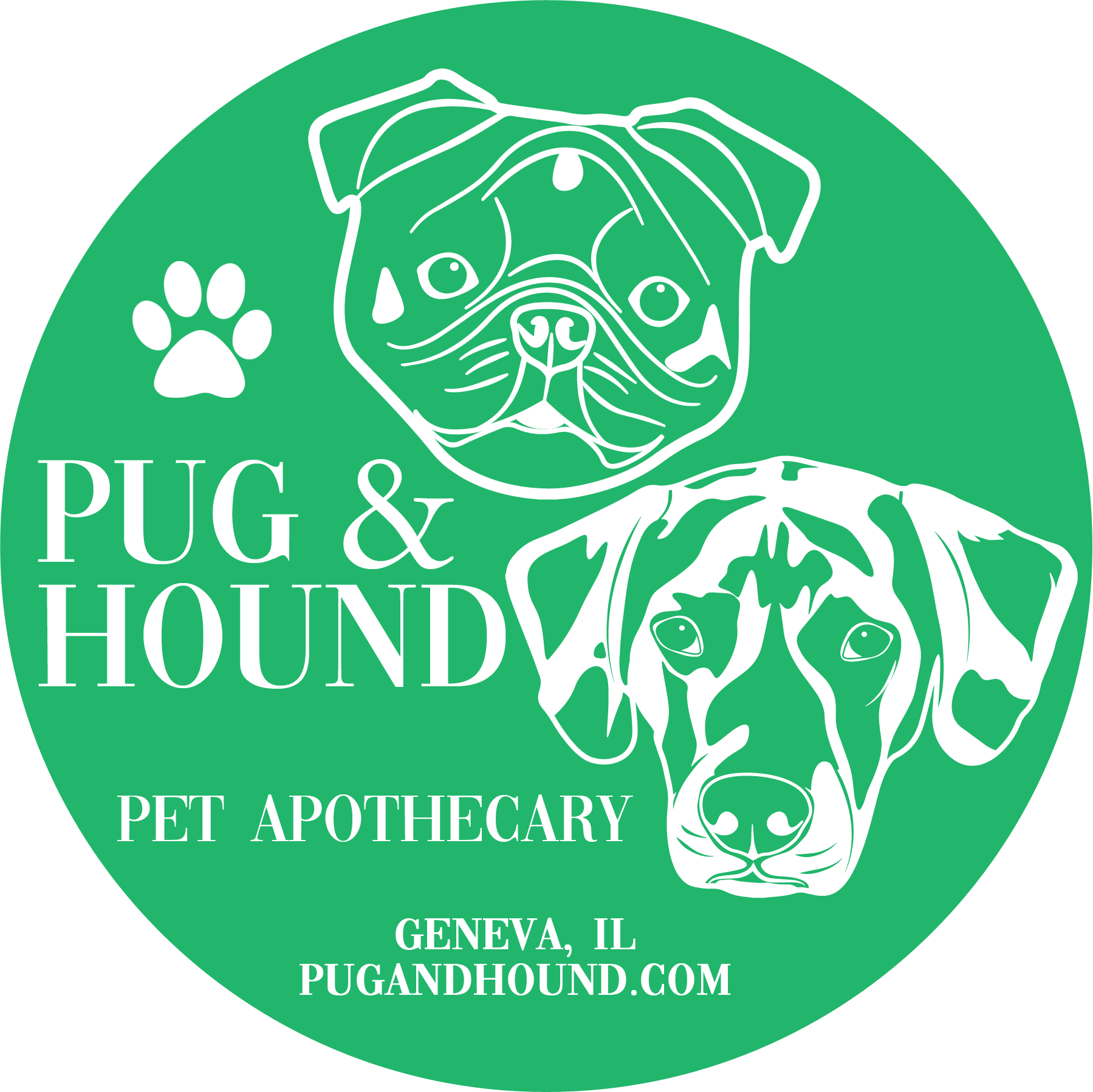
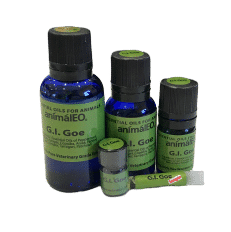
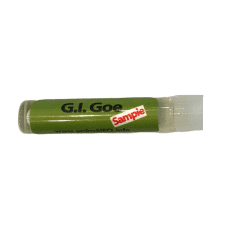
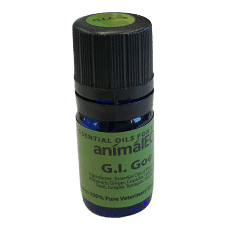
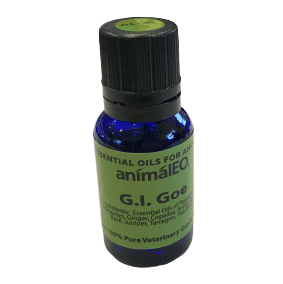
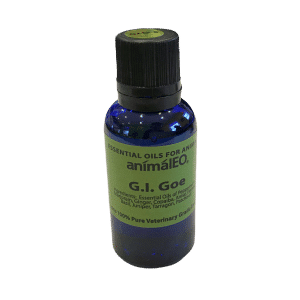
Reviews
There are no reviews yet.